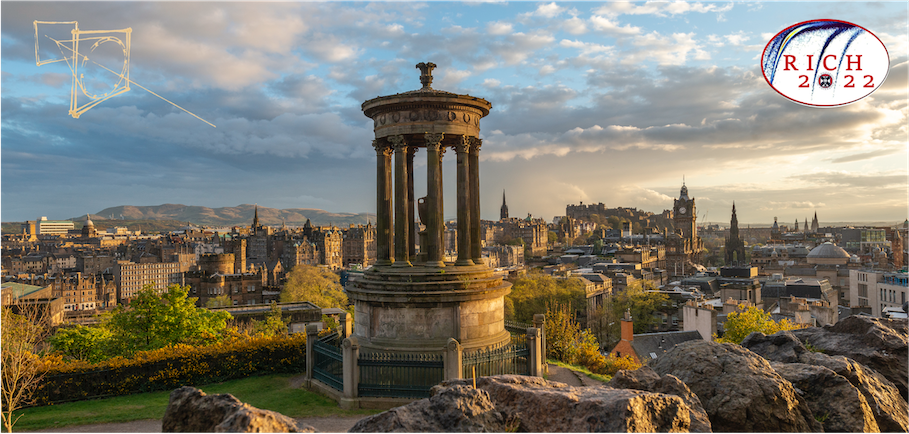Speaker
Description
The Latin American Giant Observatory (LAGO) consists of a network of water Cherenkov detectors (WCDs) installed in the Latin American region at various latitudes, from Sierra Negra in México, 18° 59′ N 97° 18’ W to the Antarctic Peninsula, 64° 14′ S 56° 38′ W and altitudes from Lima, Peru at 20 m.a.s.l. to Chacaltaya, Bolivia at 5500 m.a.s.l. The detectors of the network are built on the basis of commercial water tanks, so they have several geometries (cylindrical in general) and different water purification methods. All these features generate different profiles in the response to air shower particles measured by our detectors.
LAGO WCDs produce pulse shaped electronic signals. Common sources of noise in a WCD come from light leakage, electronic noise, and noise associated with the operation of photomultiplier tubes (PMTs) such as thermionic emission and after-pulses; they all could produce detectable pulses recorded by the LAGO DAQ system. In LAGO WCDs, these noise signals are expected to present a short pulse width (of a few nanoseconds), while secondary radiation typically produces pulses of several tens of nanoseconds.
We used data from the LAGO DAQ system, which digitizes pulses at 25 ns sampling rate on windows of 300 ns and with a 10-bits resolution (12 temporal acquisition bins). The LAGO DAQ configuration uses a single threshold-based trigger in the 3rd temporal acquisition bin. We proposed a secondary trigger threshold at the 4th bin to improve noise rejection. In this work we show how the optimal values for these triggers are now obtained from the measurement of the muon lifetime within the water volume, and the resulting Michel spectrum. This method is being automated and implemented as part of the new STEMLab 125-14 version of the LAGO DAQ boards.
Our results were also simulated using the LAGO ARTI simulation framework to estimate the expected flux of secondary particles at the detector site; and the Meiga framework, a Geant4-based simulator used to estimate the WCDs response to the air shower particles flux.
